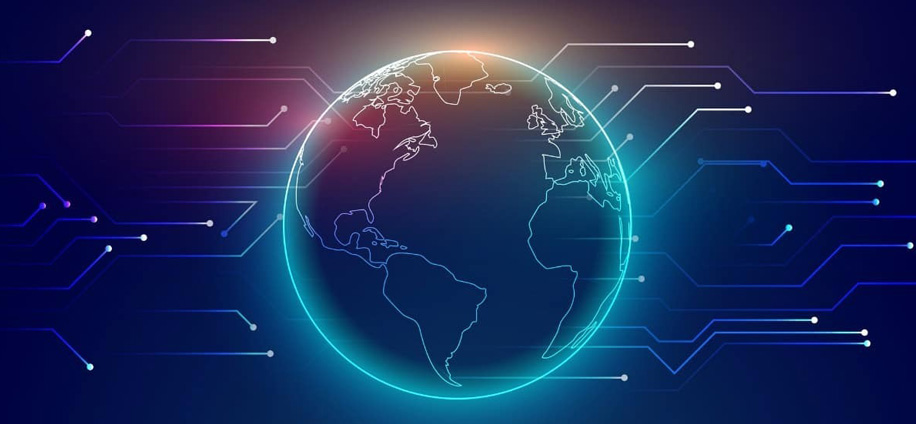
The dark web sits like a digital underworld—just beneath the surface of our daily browsing. Most people have never visited it, yet they’ve heard the stories: hitmen for hire, illegal marketplaces, forbidden forums. It’s mysterious, dangerous, and heavily mythologized.
So why are we so drawn to it? Even those who never type a .onion address find themselves fascinated by the idea of it. The dark web, more than a hidden network, is a psychological space where curiosity, fear, and rebellion converge.
At the heart of the fascination lies one of our most basic human traits: curiosity.
Psychologists call it reactance—the tendency to want something more when it's forbidden. When we’re told not to look into something, our minds interpret that boundary as an invitation.
The dark web’s reputation as a "hidden, illegal, and dangerous" space triggers a psychological response:
This curiosity becomes a driver for many first-time visitors, especially tech-savvy users or young adults exploring identity and boundaries.
Mainstream platforms are predictable. The dark web, by contrast, promises something new—something unfiltered and unknown. It's the digital equivalent of exploring an abandoned building: thrilling, uncertain, and entirely off the map.
For some, simply accessing a .onion site feels like crossing into forbidden territory, even if they don’t click further.
Online behavior changes dramatically when people feel invisible. This is called the online disinhibition effect, and the dark web amplifies it to an extreme.
On the surface web, our actions are tied to profiles, usernames, IP addresses, and behavioral tracking. That accountability curbs behavior.
But on the dark web, where most platforms don’t even ask for an email, users shed their real identities. This freedom can:
For some, anonymity is liberating. For others, it removes restraint entirely.
Some users treat the dark web as a moral sandbox—a place to experiment with questions they wouldn’t dare ask elsewhere. They may not commit crimes, but they lurk in forums discussing them.
This doesn’t always mean they’re inherently malicious. Often, it’s driven by a psychological need to understand the extreme, or to challenge societal norms without actual consequences.
Many aspects of the dark web appeal to something primal: the temptation of the forbidden.
Much like trespassing, shoplifting, or sneaking into a restricted area, browsing the dark web offers a rush—especially when paired with the perception of danger. The human brain responds to rule-breaking with a spike of dopamine. It’s the same mechanism behind thrill-seeking behavior and minor acts of rebellion.
Beyond marketplaces and criminal forums, the dark web hosts support groups, underground communities, and spaces for identity exploration.
In these contexts, the dark web serves not as a criminal haven, but as a sanctuary—a place where forbidden speech becomes possible.
More than a place, the dark web is a mirror—reflecting not just the internet’s potential for harm, but also the deeper layers of human psychology.
True crime, horror movies, urban legends—we’ve always been drawn to stories of the macabre. The dark web is a living extension of those fascinations, only now it’s interactive.
We don’t just read about the forbidden. We can peer into it, click on it, and sometimes participate, even if only as a silent observer.
The surface web is sanitized, monitored, and monetized. It's filled with algorithms telling us what to see and how to behave. The dark web offers something raw, unscripted, and uncontrollable.
In this freedom, we see both our best and worst selves—our creativity, resilience, empathy, and also our depravity, cruelty, and lust for control.
The psychology of the dark web isn’t about criminals. It’s about human nature.
We’re curious, thrill-seeking, privacy-hungry, and sometimes self-destructive. The dark web just removes the filter. It presents a world not governed by terms of service, where our true interests—noble or not—can emerge.
But it’s also a space where curiosity without caution can be costly. Understanding why we're drawn to it is the first step toward engaging with it responsibly—or choosing to stay away entirely.